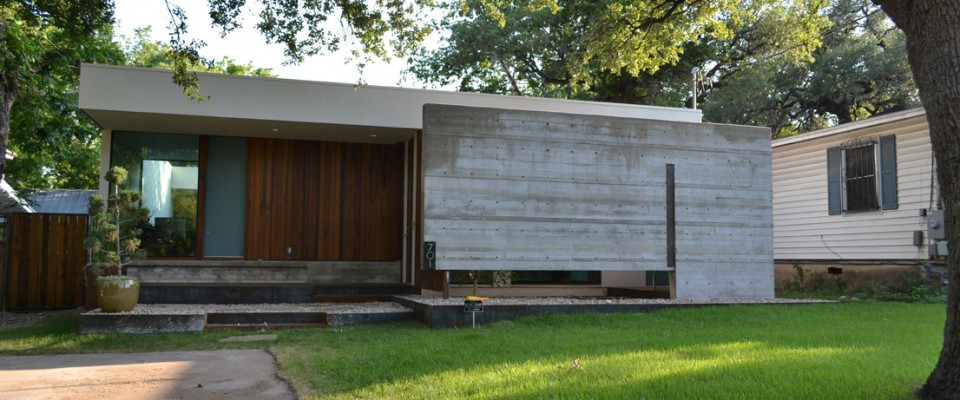Daniel Libeskind, a man globally acknowledged for his significant accomplishments in the architecture arena, is someone that amidst a troublesome childhood grew up to create remarkable buildings with a rooted meaning to him.

Born on May 12, 1946 in Poland shortly after the end of World War II, Daniel experienced first hand the anti-Semitism that was still alive even after the war was over. With his family members all being killed during the Holocaust, Daniel remembers his childhood as an eerie nightmare. He tried to find comfort in music, and soon realized his talent in playing the accordion. Unraveling the world of music, Daniel was able to get a scholarship that led to his move to New York City. As he grew up, he realized he wasn’t having outright satisfaction in the music field. He longed for something that required his personal thoughts, his intelligence, and his style. He found pleasure in architecture, and began exploring the field with a different perspective that was not considered the norm. He didn’t want to copy others’ works, rather he wanted to think outside the box, be bold, tie in his emotions, and create his own norm.

Known for his boldness, he was chosen to create the Jewish Museum in Berlin. He designed the building in a way that held deep meaning to him, the Star of David. Each part of the museum holds significance, even the empty spaces are held to symbolize the emptiness felt after the killing of so many Jews. The Garden of Exile and Immigration, the Holocaust Tower, are all parts of the museum that hold symbolic value.
He has completed numerous works with some being the Imperial War Museum, the Spiral, the Danish Jewish Museum in Copenhagen, and the Ground Zero, to name a few. Libeskind is known for thinking differently. The way he ties his feelings, explores his different perceptions, and comes up with a concrete structure with so much significance is what makes this architect so remarkable to the world. The Jewish community celebrates Libeskind for establishing the Jewish identity in architecture and for being able to create truly significant structures that root a deep meaning in the Jewish heart.








